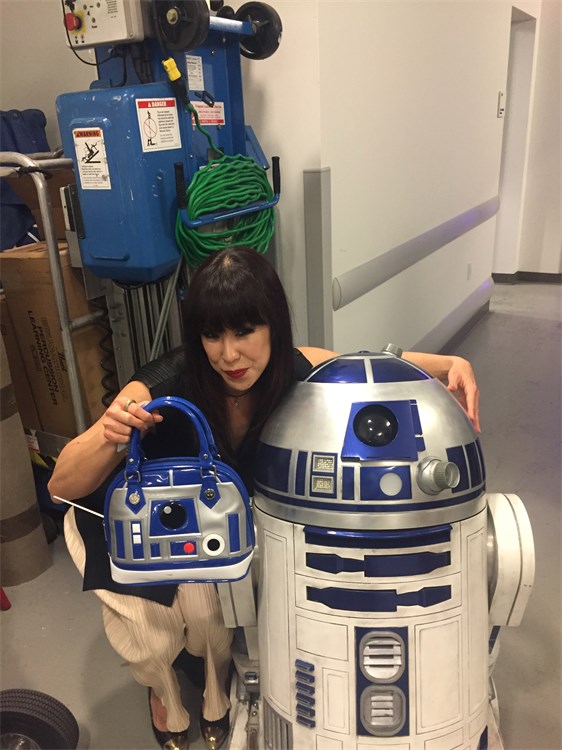by Timothy Robson

The audience spanned the age range of little kids and their parents to persons of “a certain age” such as me, and older fans. The lawn was packed, and the pavilion was well-filled. There were three screens inside, with two more suspended from the lip of the pavilion roof for the outdoor audience.
For those who need a refresher in the complicated Star Wars saga, The Empire Strikes Back (now known as Episode V) was the second film to be released, in 1980, after the original film in 1977, later retitled as Star Wars: Episode IV – A New Hope. The final film, Episode VI – The Return of the Jedi was released in 1983. In the late 1990s and early 2000s, a trilogy of prequels was released (Episodes I – III), and in the 2010s, a further trilogy of sequels (Episodes VII – IX) completed the story. Several other films have been released, and have spawned an empire of books, TV shows, and merchandise.
In The Empire Strikes Back, Imperial Forces attack the Rebel Alliance, including Princess Leia (Carrie Fisher), Luke Skywalker (Mark Hamill), and Han Solo (Harrison Ford). Leia and Solo, along with the trusty Chewbacca and droids R2-D2 and C3-PO, flee the ice world Hoth to Cloud City, where they are captured by Darth Vader. Meanwhile, Luke travels to the mysterious planet Dagobah, where Jedi master Yoda teaches him about The Force. The episode ends with an epic duel between Luke and Darth Vader, along with a stunning and plot-changing disclosure.

The movie was shown in two approximately hour-long segments with intermission. Still, the full size orchestra with a battery of percussion was required to play the equivalent of two Mahler symphonies back-to-back, often at full tilt. The score is full of musical motifs representing characters and action worthy of Wagner’s Ring Cycle that predict and accompany actions throughout. The Cleveland Orchestra and Hicks seemed tireless in their efforts. And, unlike at the opera, the audience felt free to cheer and applaud at key moments, such as when Millennium Falcon escapes the clutches of Darth Vader’s forces. (I did, however, witness an audience member shushing another viewer for talking too loudly.)
The technical magic that enables these live-score-with-film presentation also enables the overall audio mix to be altered. In some cases in this performance the musical score challenged the audibility of the dialogue, although subtitles were provided throughout.
The evening was pure enjoyment, and prompted a long, loud ovation for Sarah Hicks and The Cleveland Orchestra. Hicks gave each section their own group bow, as well as saluting the whole orchestra.
An elaborate fireworks display closed the evening, enabling me to get into position to make a quick escape as soon as it was done, avoiding a good bit of the full-house traffic exiting the Blossom grounds.
Lawn photo courtesy of Caroline Goddard, The Cleveland Orchestra.
Published on ClevelandClassical.com August 27, 2019.
Click here for a printable copy of this article



